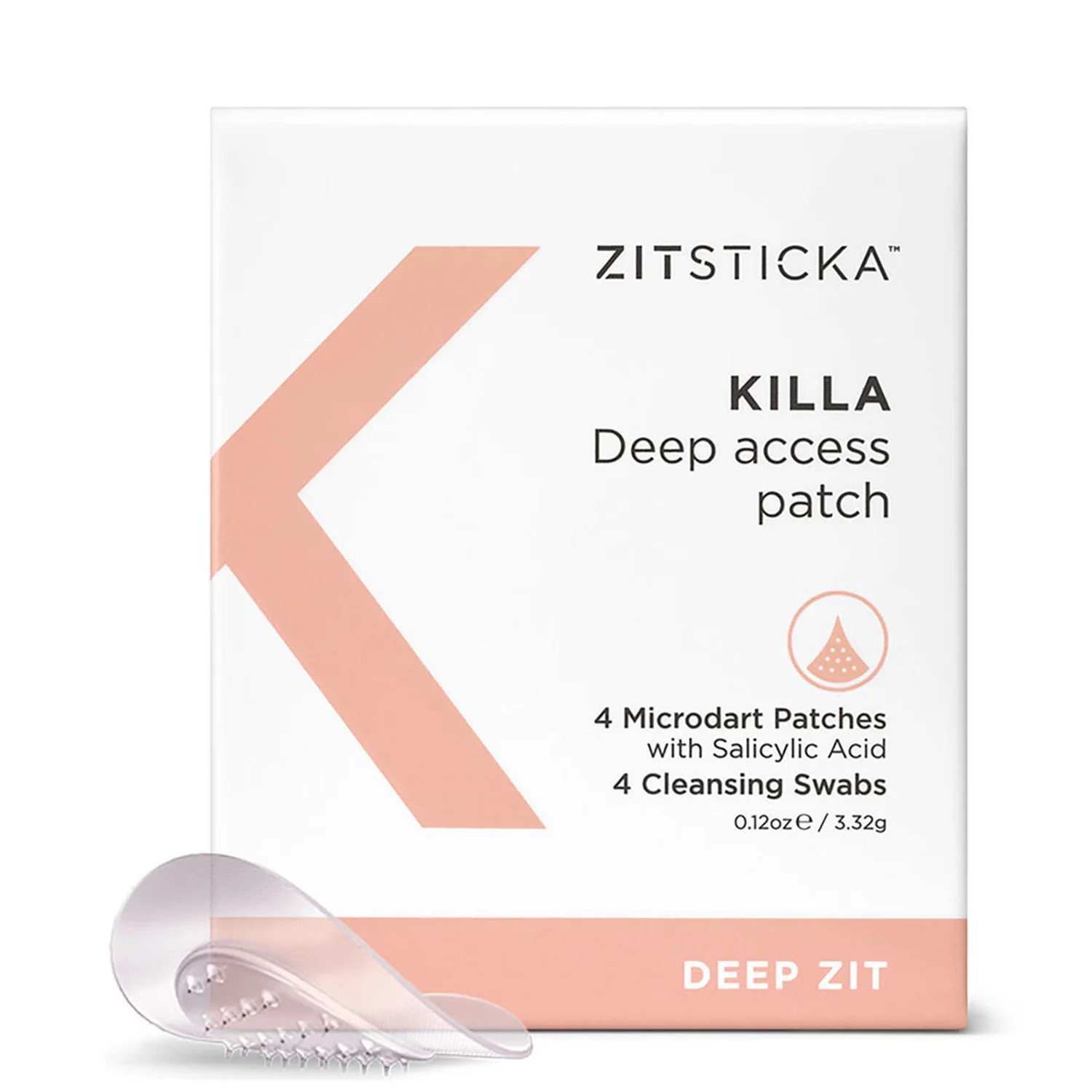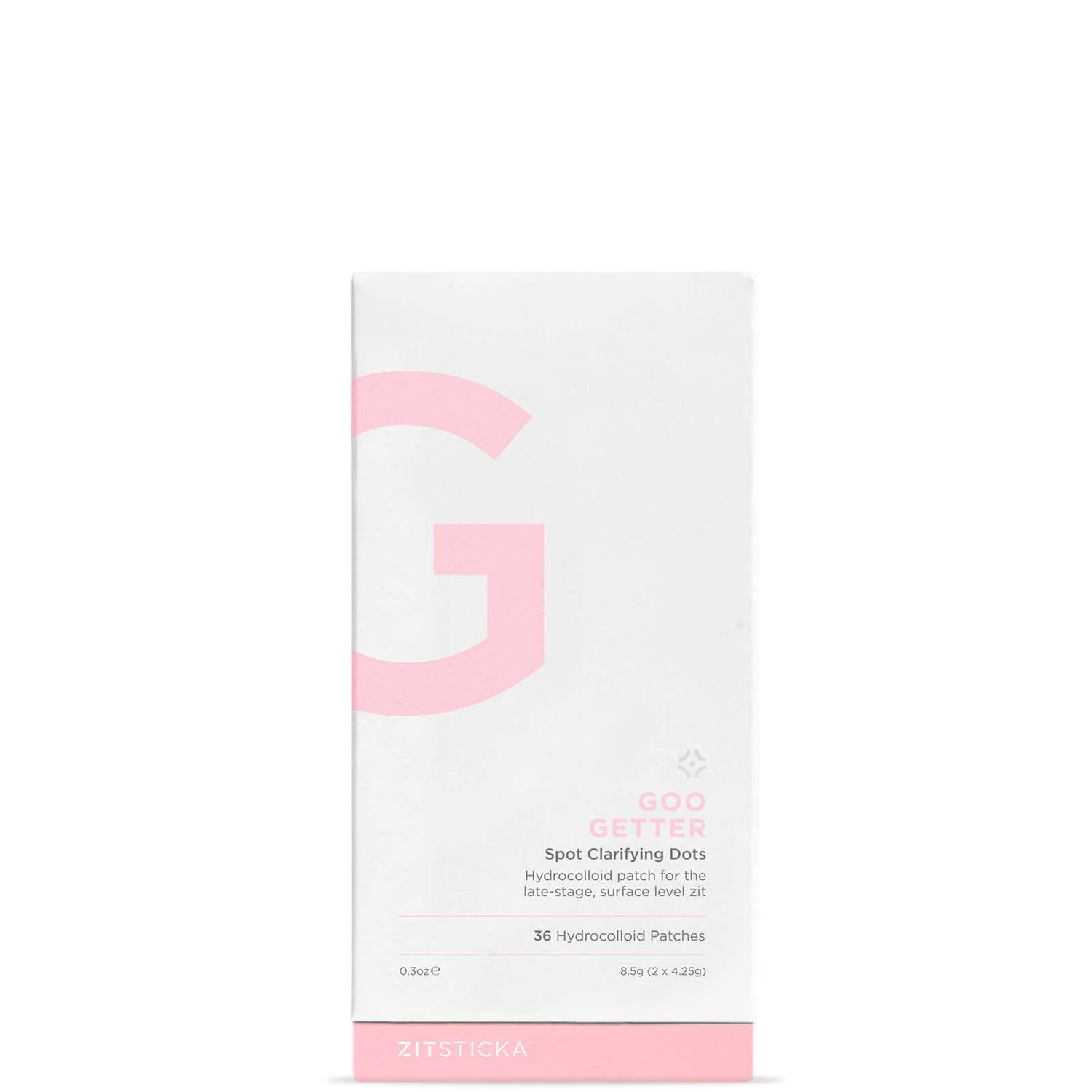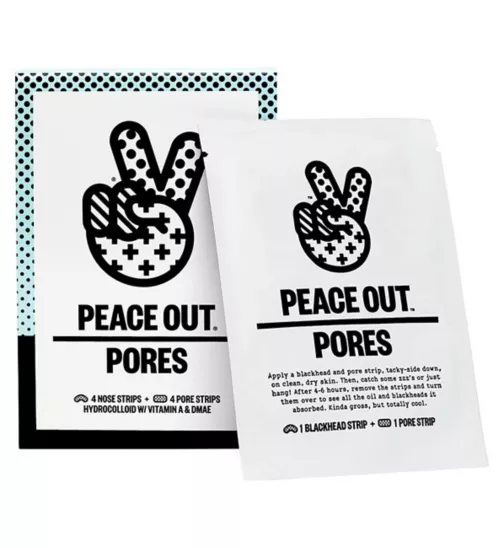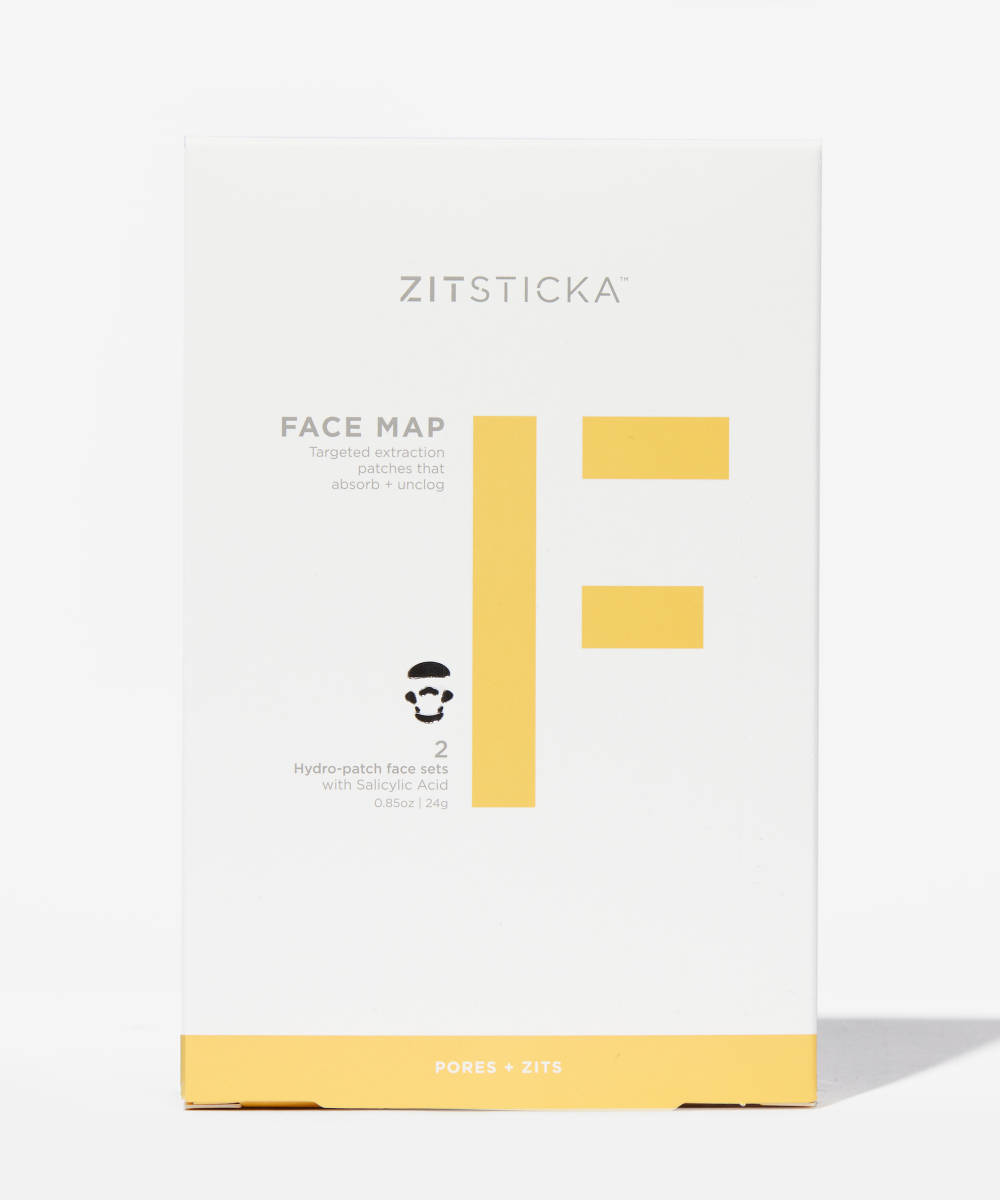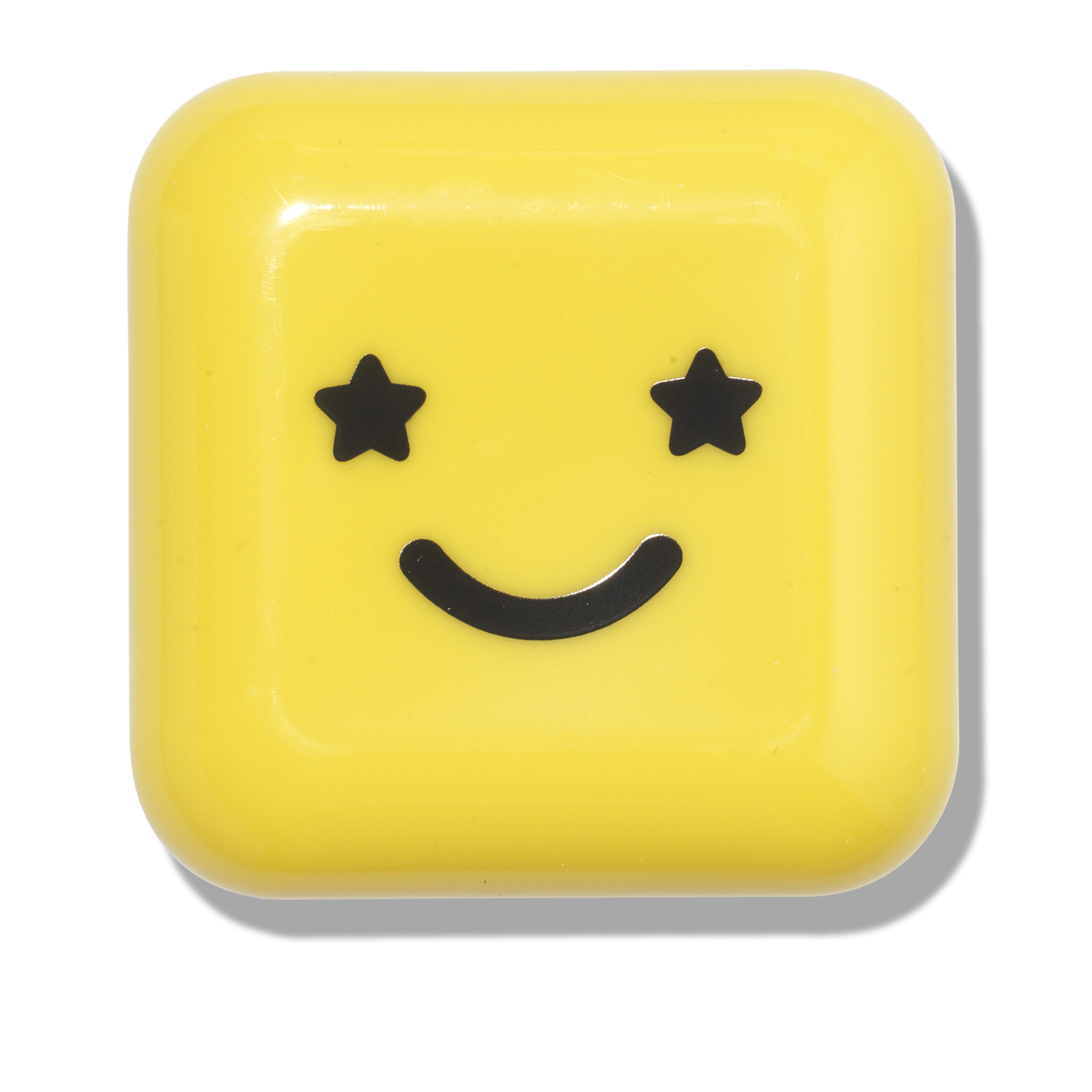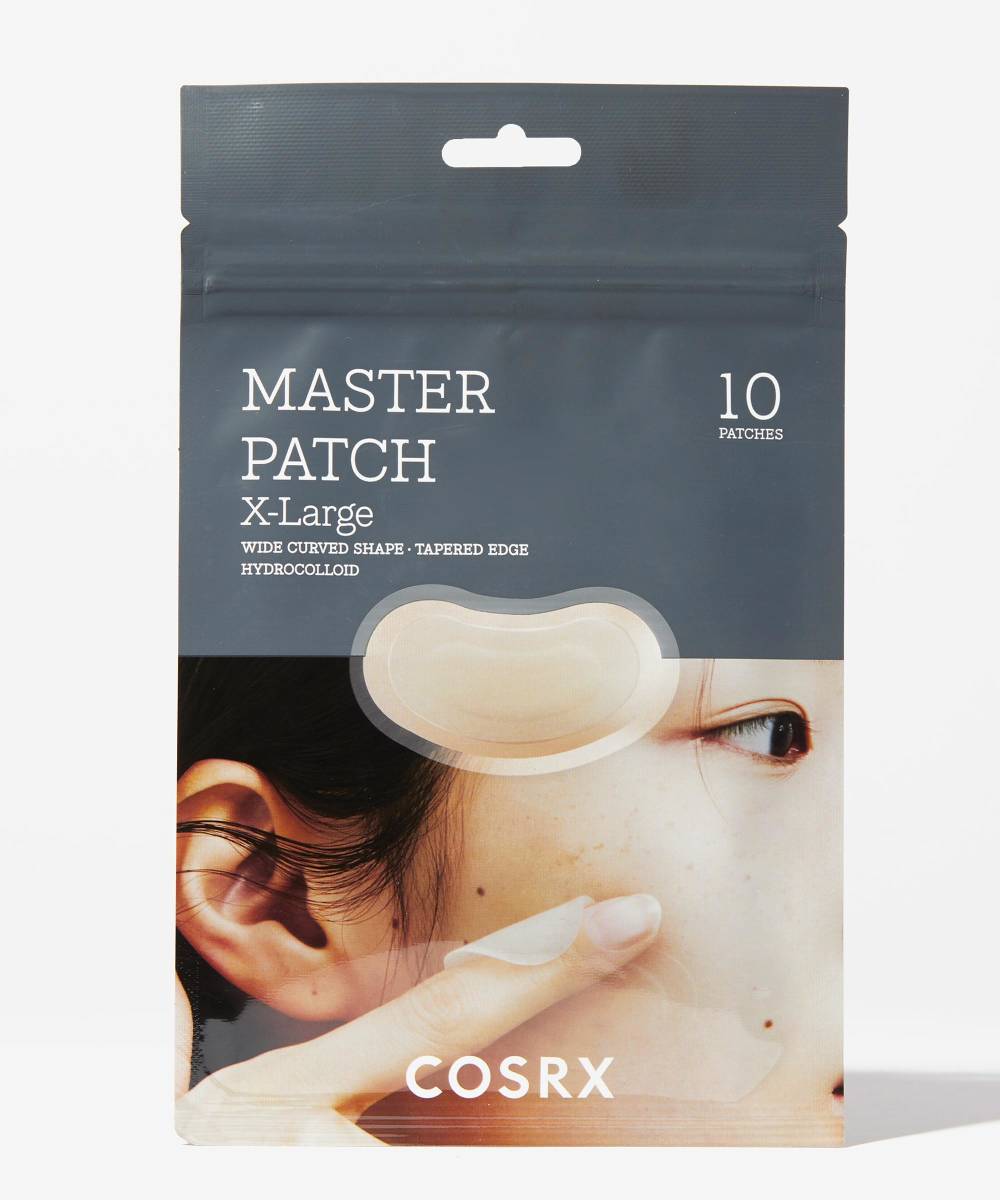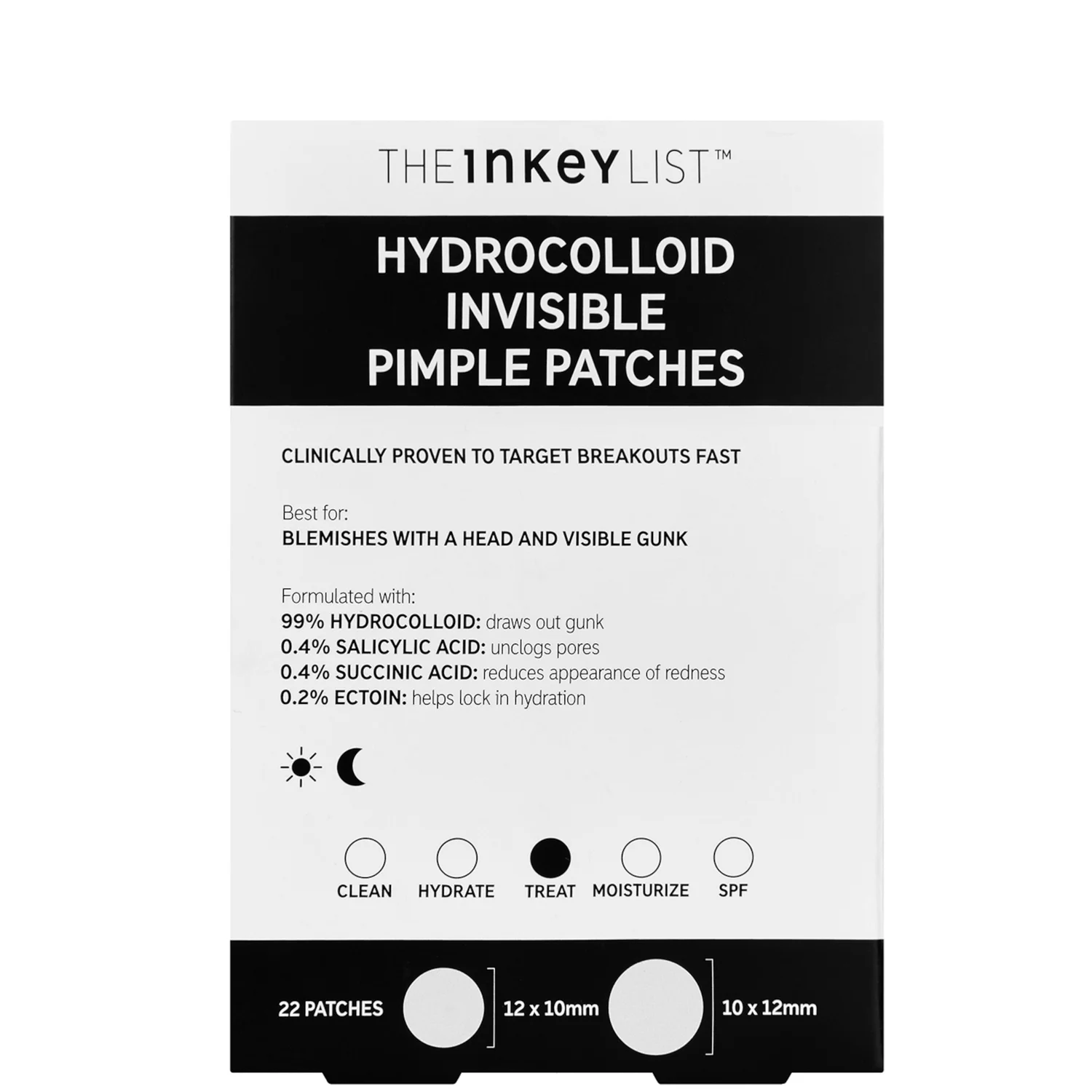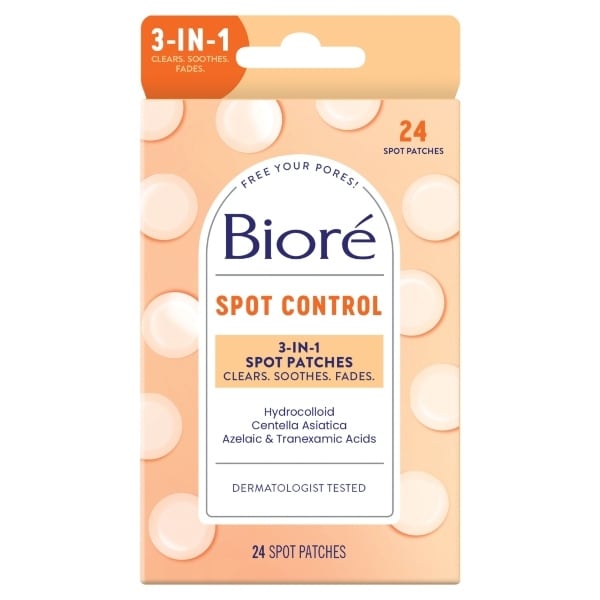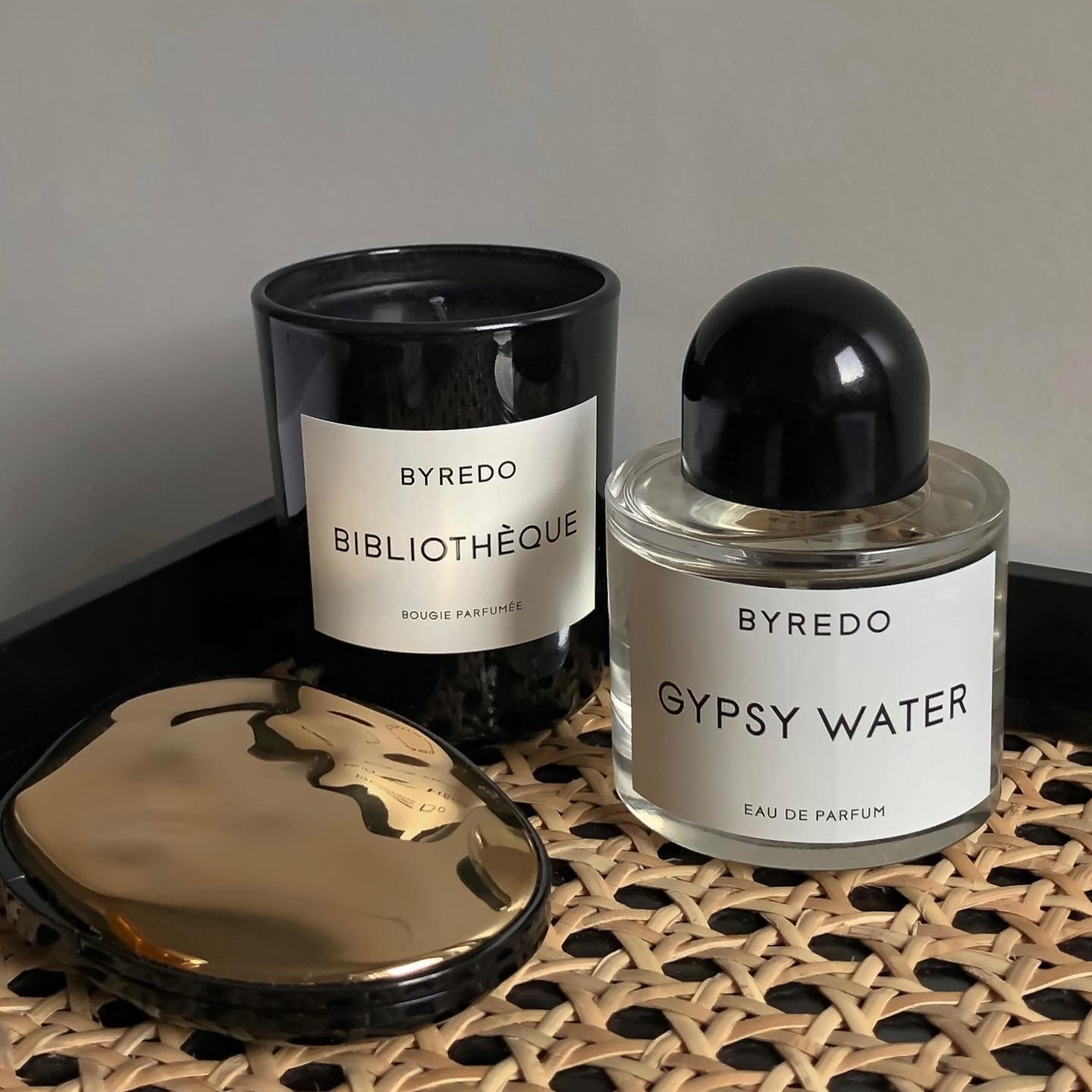I'm a Skin Expert—These Are the Spot Patches I Always Use
One of the best things I learned in beauty school is the lifespan of a spot: skin produces excess oil and dead skin cells gather on the skin. Together, these clog pores, creating a breeding ground for bacteria, which results in the inflammation that manifests as a pimple. There’s a lot that can be done to prevent this cycle from starting, such as exfoliation to remove dead skin cells, charcoal masks to absorb excess oil and using antimicrobial ingredients to kill bacteria. But sometimes, even with the best intentions (and skincare routine), your skin will get the better of you.
Take it from me, I’m a qualified esthetician and still get spots. In this case, the root cause is often out of your control, and by the time a spot has appeared, there’s literally nothing that can be done about some of the factors that contributed to it, such as hormones, stress, diet and medication.
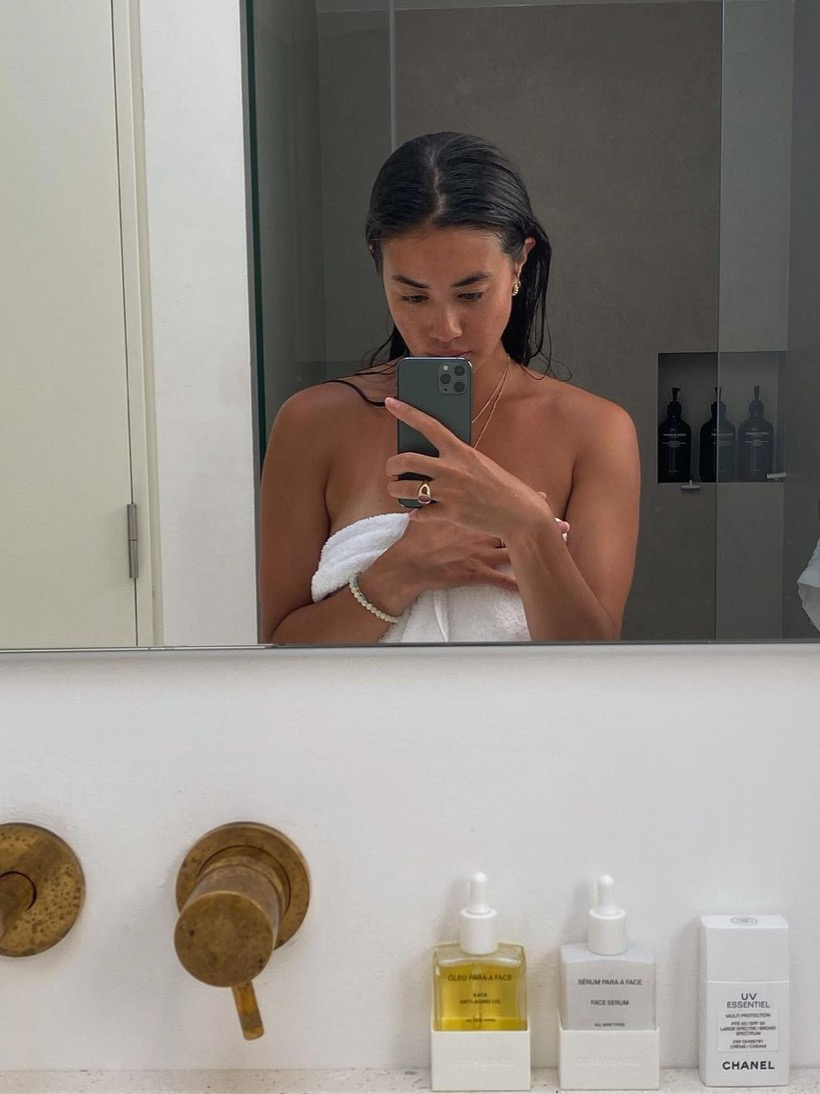
For me, personally, my breakouts are almost exclusively hormonal, triggered when I’m stressed (which spikes the hormone cortisol) or by my period (which sees an increase in testosterone). Starting off with a tender feeling deep within the skin and gradually grows into a hard and intensely sore pimple which lurks beneath the skin before finally coming to a head. "Hormonal breakouts are typically inflammatory lesions, for example, pustules, papules and cysts,” says consultant dermatologist, Zainab Laftah."They commonly occur on the lower half of the face; lower cheeks, jawline and chin.” If this sounds familiar to you then you’ll know exactly what type of spot we’re talking about here. Not the tiny pimple that appears overnight and disappears just as quickly, but the ones that creep in annoyingly and linger, unwanted under your skin until eventually, they erupt into a painful wound-like blemish which hurts every time you open your mouth. Oh, and sometimes it even feels like they have their own pulse. Yep, those ones.
Ninety per cent of the time, I’m dealing with this kind of spot and 90% of the time, my regular spot treatments don’t cut it. In addition, picking and popping won’t work on under-the-skin spots. Another thing I learned in beauty school is that attempting to pop an under-the-skin spot is a guaranteed way to make the breakout last ten times longer and it will almost certainly scar in the process. Most estheticians won’t even touch this kind of spot until it’s broken the skin.
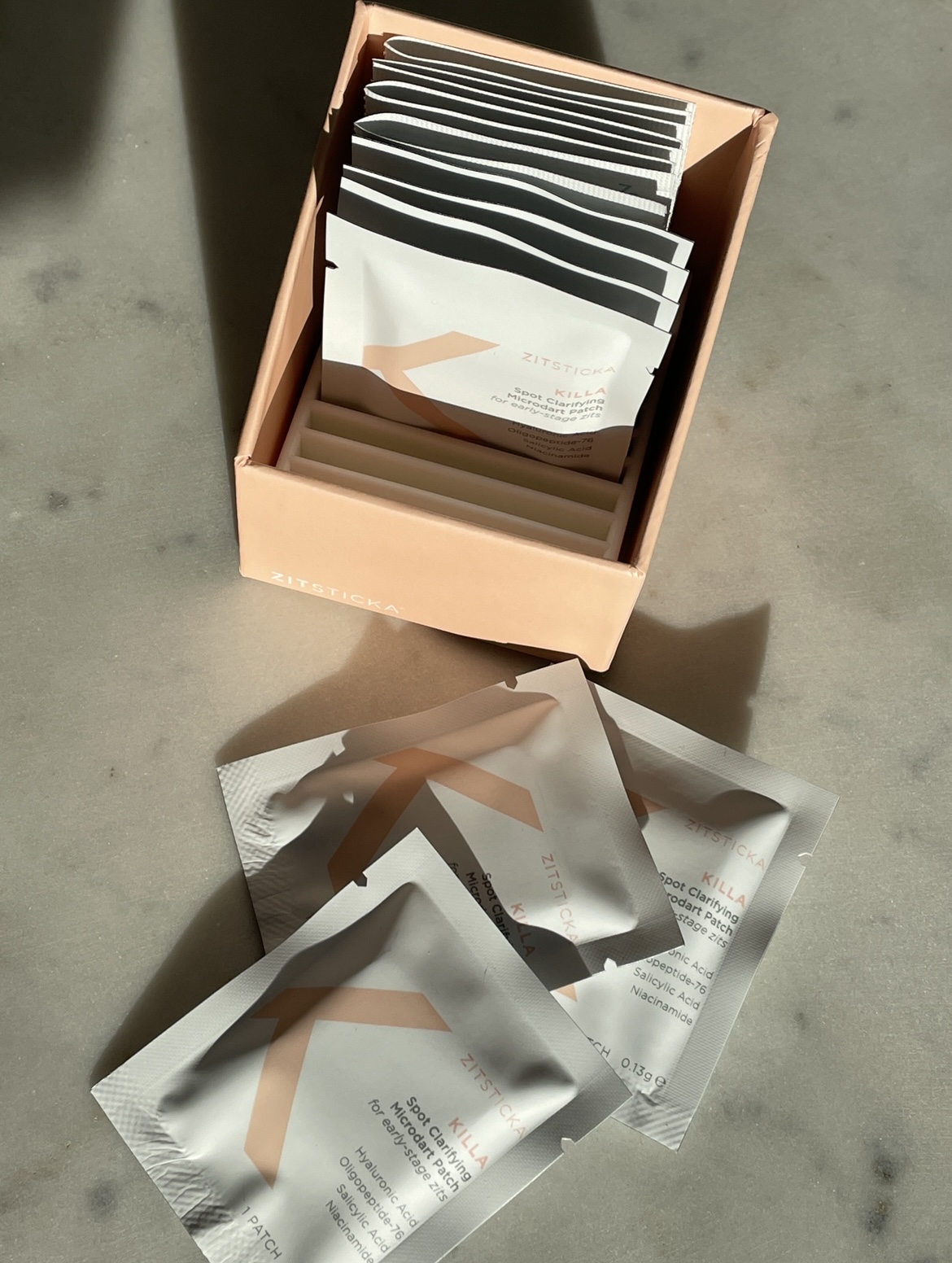
Okay, so let’s talk solutions. Regular spot patches are designed to be used on spots that already have a head. They’re made of hydrocolloid which works in two ways, simultaneously. Firstly by protecting the spot from external aggressors, such as bacteria (and picking!), and secondly by drawing out the gunk from the spot. They’re fast and effective, but if your spot doesn’t have a head, they don’t stand a chance. Likewise, your average spot treatment won’t be quite so effective on under-the-skin spots either. They typically take a few days to have any impact, and by that point it’s too late.
Which is where the Zitsticka Killa Kit (£13) spot patches come in. Of all the spot treatments I’ve tried, they work the fastest, and (providing you get them on fast enough) they pretty much have a 100% success rate. This is because they go one step further than your regular spot patches since they have skincare ingredients actually infused into the hydrocolloid.
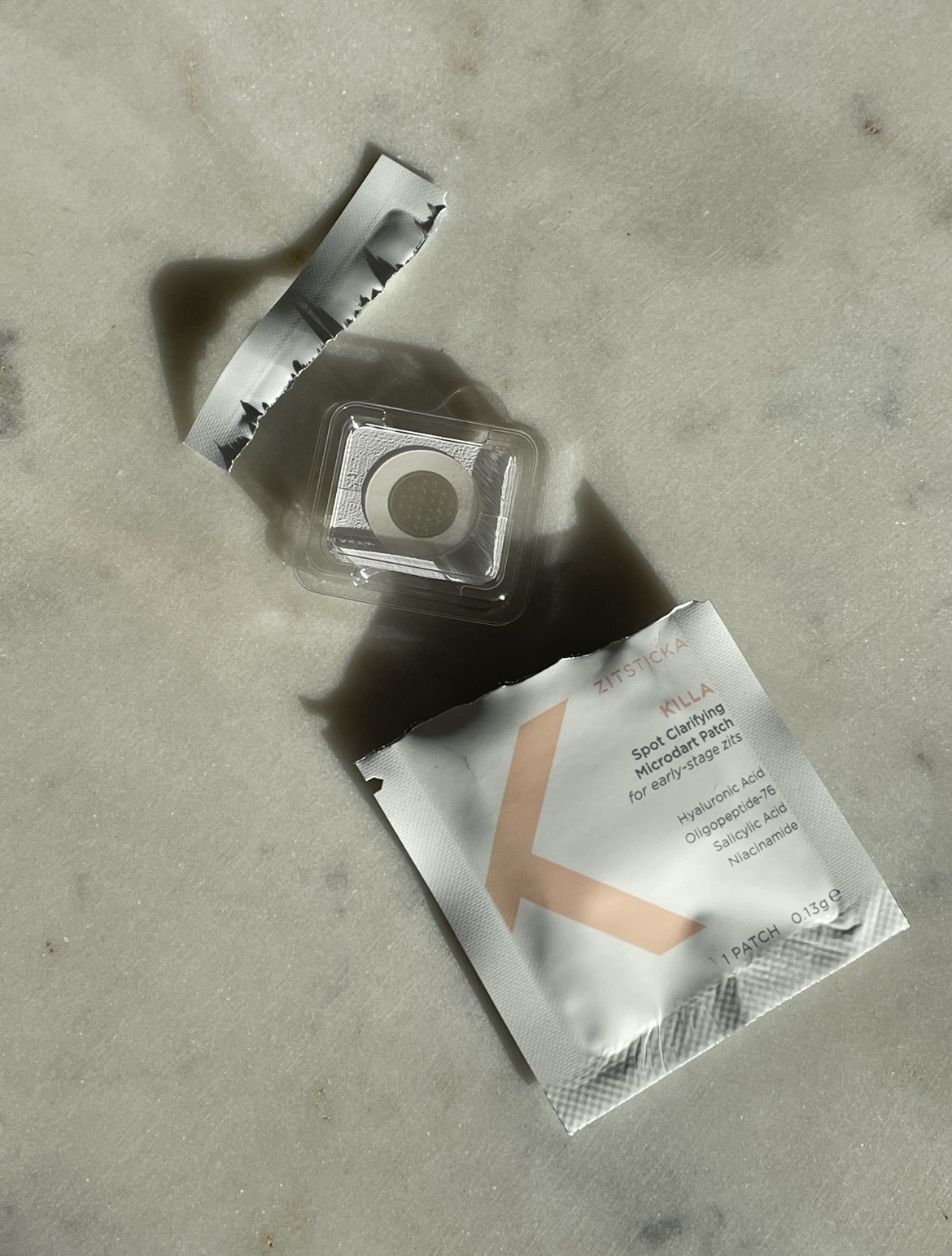
These ingredients include some of my favourite blemish-busters, including salicylic acid (which reduces inflammation and clears the pore). "Salicylic acid is oil soluble and thus able to penetrate deeply into the pores to breakdown bonds between the dead skin cells and oils,” explains Laftah. So you’re getting right to the root of the breakout.
In addition, there’s calming niacinamide, an antimicrobial peptide and hyaluronic acid (which helps the other ingredients to absorb faster). They’re infused into the skin using tiny (painless) micro darts which dissolve directly into the spot over two hours. Meanwhile, the hydrocolloid still does its bit: absorbing the gunk from the spot and creating a clean environment for the skin to begin healing.
Just remember to stick the patch on the second you feel that initial tenderness. The sooner you act, you the more chance you have of stopping that spot in its tracks. When the time comes to remove the patch, you’ll notice the spot has deflated, any redness will be reduced, and the area won’t be as painful either. In two hours, seriously, that’s all it takes.
Shop Zitsticka Killa Kit
Shop More of My Favourite Spot Patches

Try these if you’re concerned about post-inflammatory hyperpigmentation (the red marks that linger annoyingly after a breakout). They work just like the Killa patches but contain pigmentation-targeting ingredients like vitamin C and arbutin.
This story was previously published at an earlier date and has since been updated.
Grace Day is a beauty editor and content creator. She has over 10 years of beauty-industry experience, spanning editorial, retail, and e-commerce, which gives her a unique understanding into how people shop for their beauty routines.
While studying for a history degree (specialising in the history of beauty) and working as a beauty adviser in department stores, Grace started writing her own beauty blog in order to share the products she discovered while dealing with acne. After graduating, she moved to Beauty Bay as beauty editor and content manager. Grace is currently a beauty contributor to Who What Wear. She has also written for Hypebae and PopSugar and works as a brand consultant and copywriter.
-
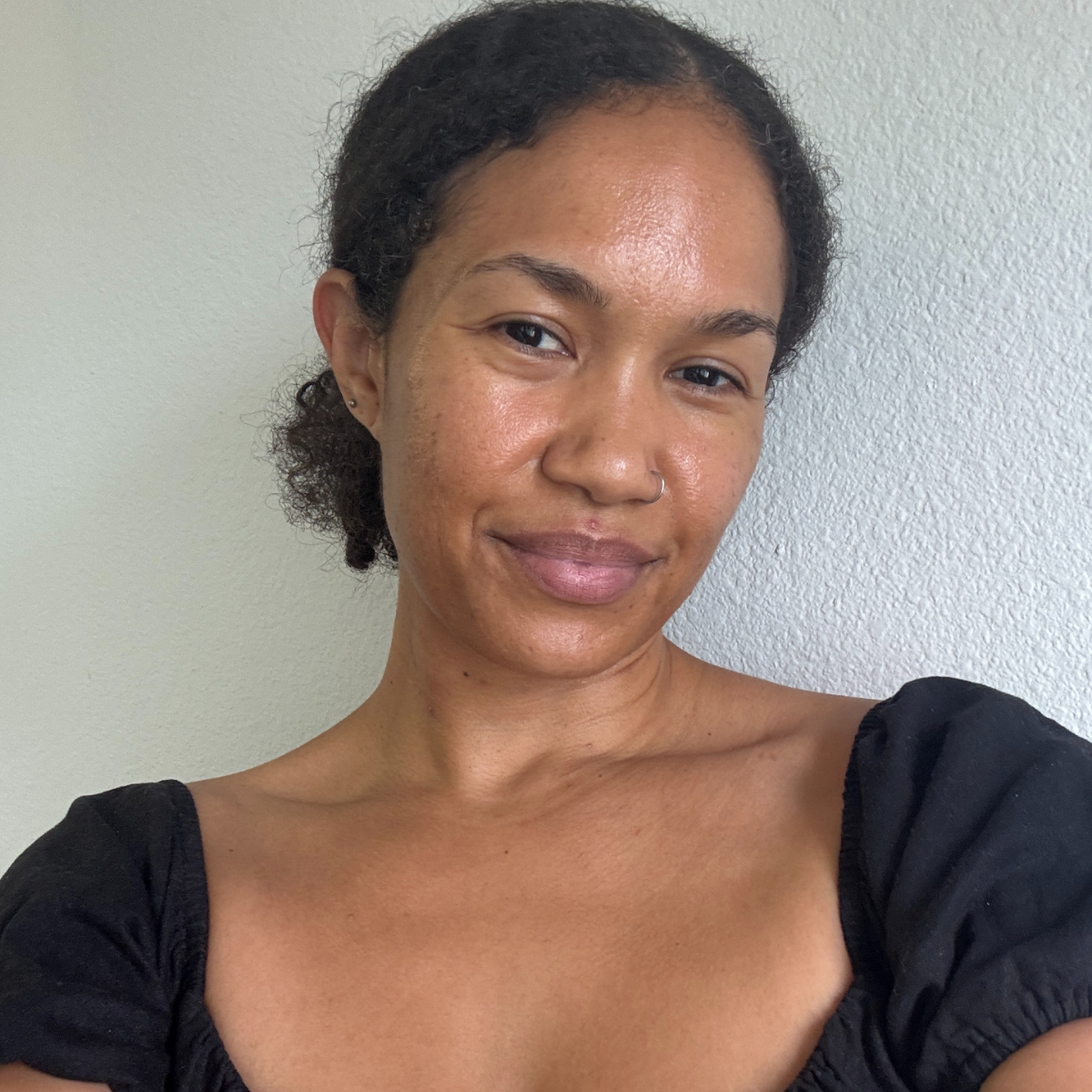 Tretinoin Damaged My Skin Barrier—Sabrina Carpenter's Aesthetician Gave Me These Complexion-Saving Tips
Tretinoin Damaged My Skin Barrier—Sabrina Carpenter's Aesthetician Gave Me These Complexion-Saving TipsThey're game-changing for acne-prone skin.
-
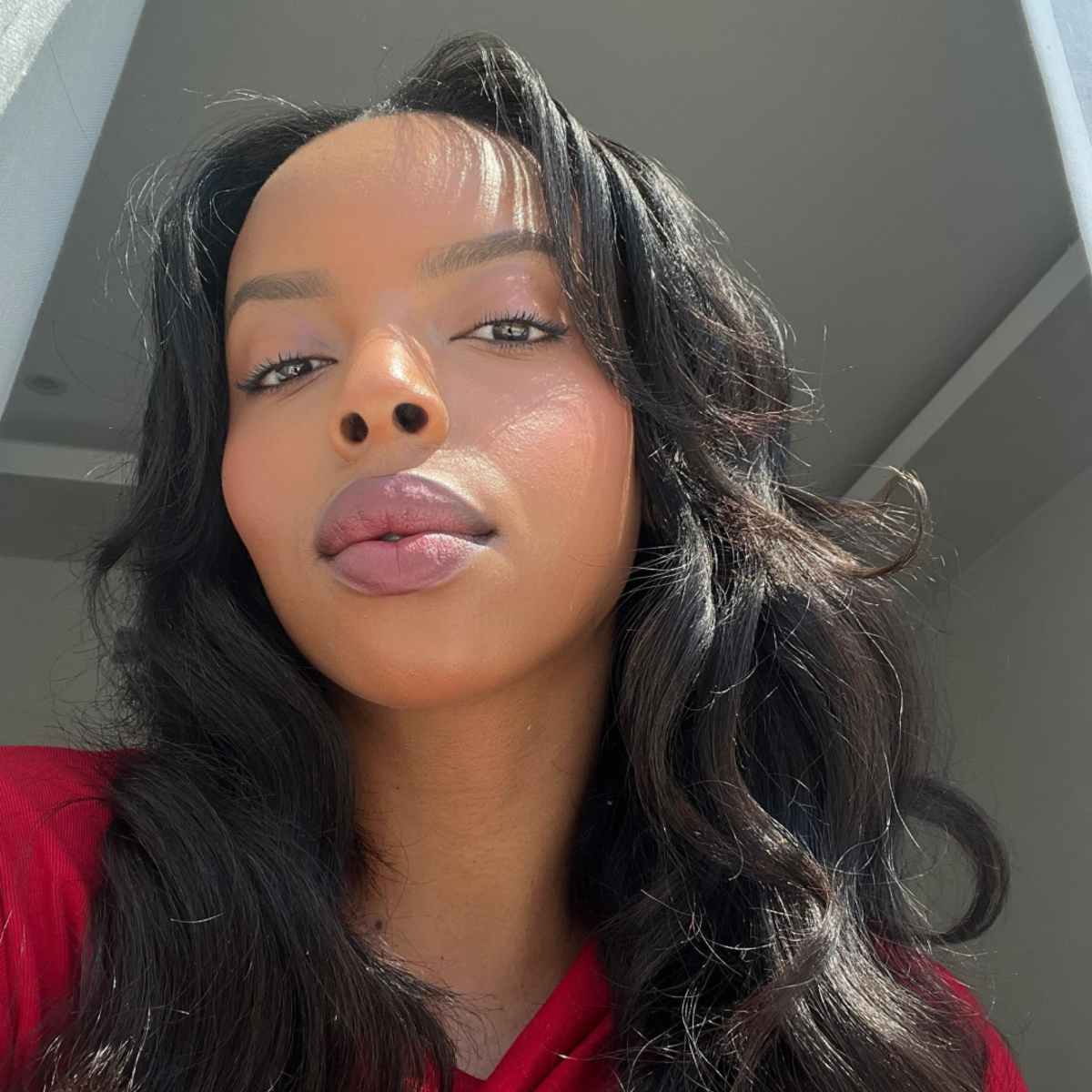 According to an Aesthetician, This Key Fatty Acid Helps Curb Breakouts in a Big Way
According to an Aesthetician, This Key Fatty Acid Helps Curb Breakouts in a Big WayIf you break out often, your skin might be low in it.
-
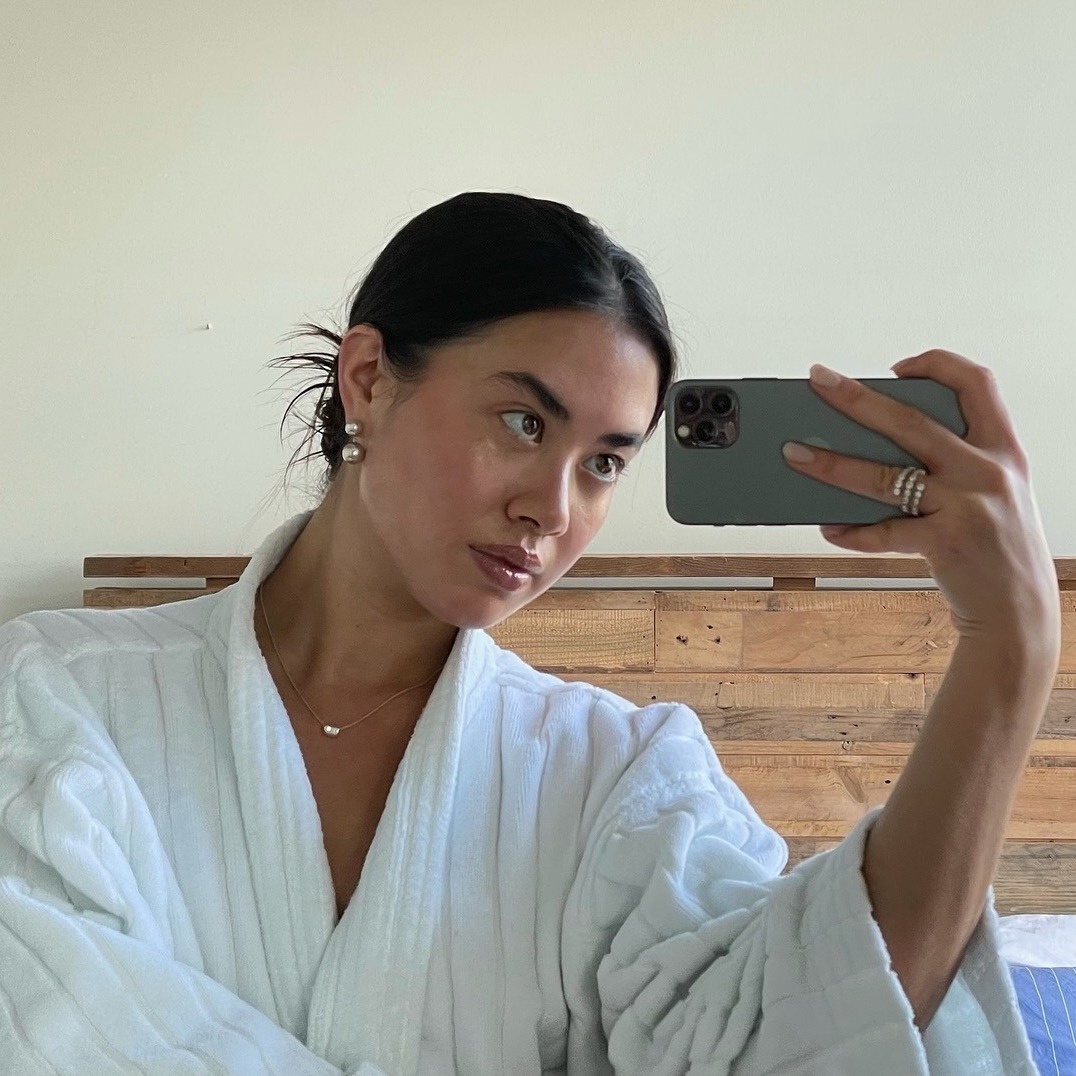 Meet Madecassoside—the Trending Ingredient That Soothes, Hydrates, and Protects Sensitive Skin
Meet Madecassoside—the Trending Ingredient That Soothes, Hydrates, and Protects Sensitive SkinIt's beauty's next big thing.
-
 Probiotics for Acne Are Trending, But Do They Actually Work? Here's What an Expert Says
Probiotics for Acne Are Trending, But Do They Actually Work? Here's What an Expert SaysTL;DR: They definitely can.
-
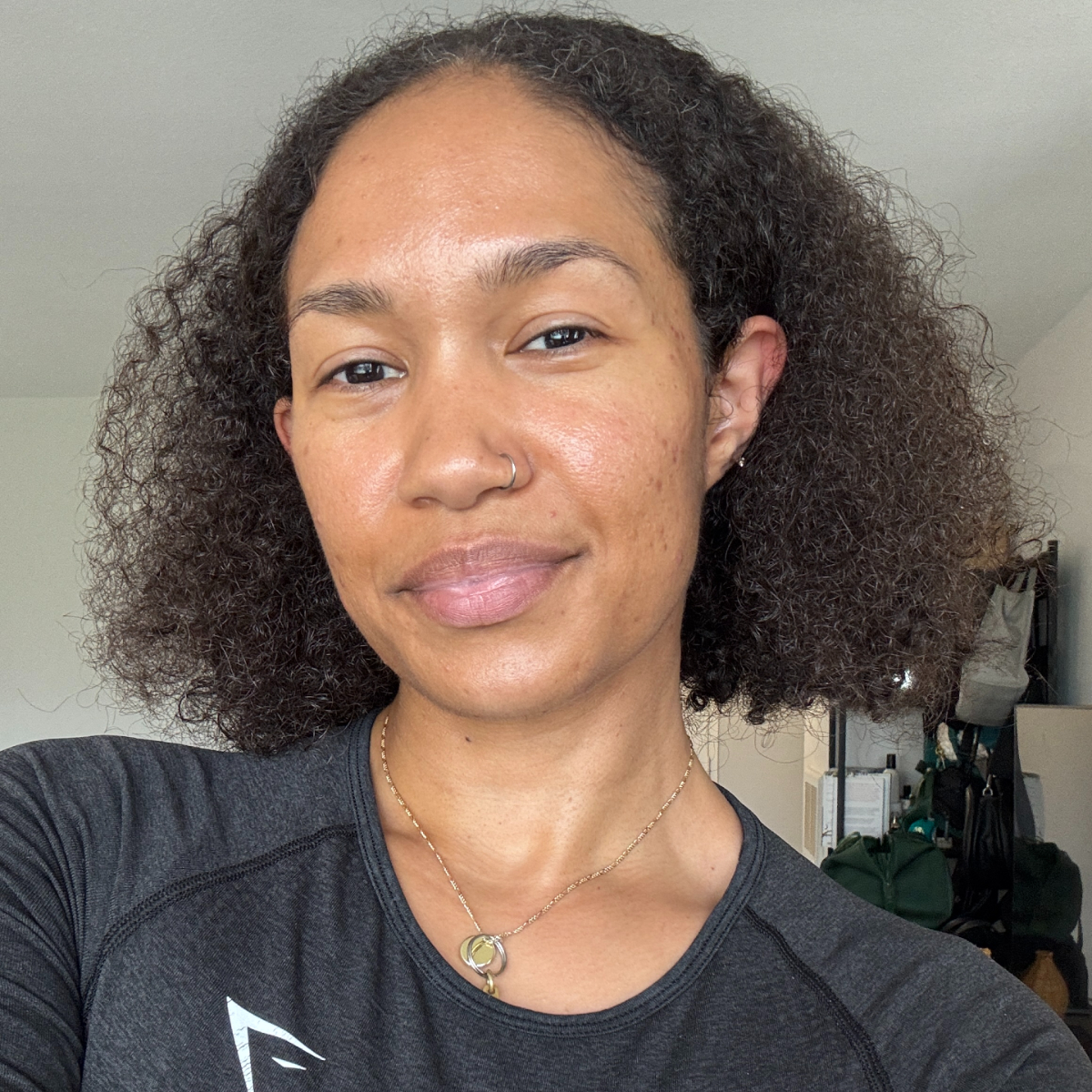 Aestheticians on Instagram Can't Stop Raving About This Acne-Clearing Serum, so I Tried It
Aestheticians on Instagram Can't Stop Raving About This Acne-Clearing Serum, so I Tried ItIt's perfect for sensitive skin.
-
 I've Tried Everything, and These 5 Pore Strips Act Like a Magic Wand to Erase Blackheads
I've Tried Everything, and These 5 Pore Strips Act Like a Magic Wand to Erase BlackheadsBuh-bye.
-
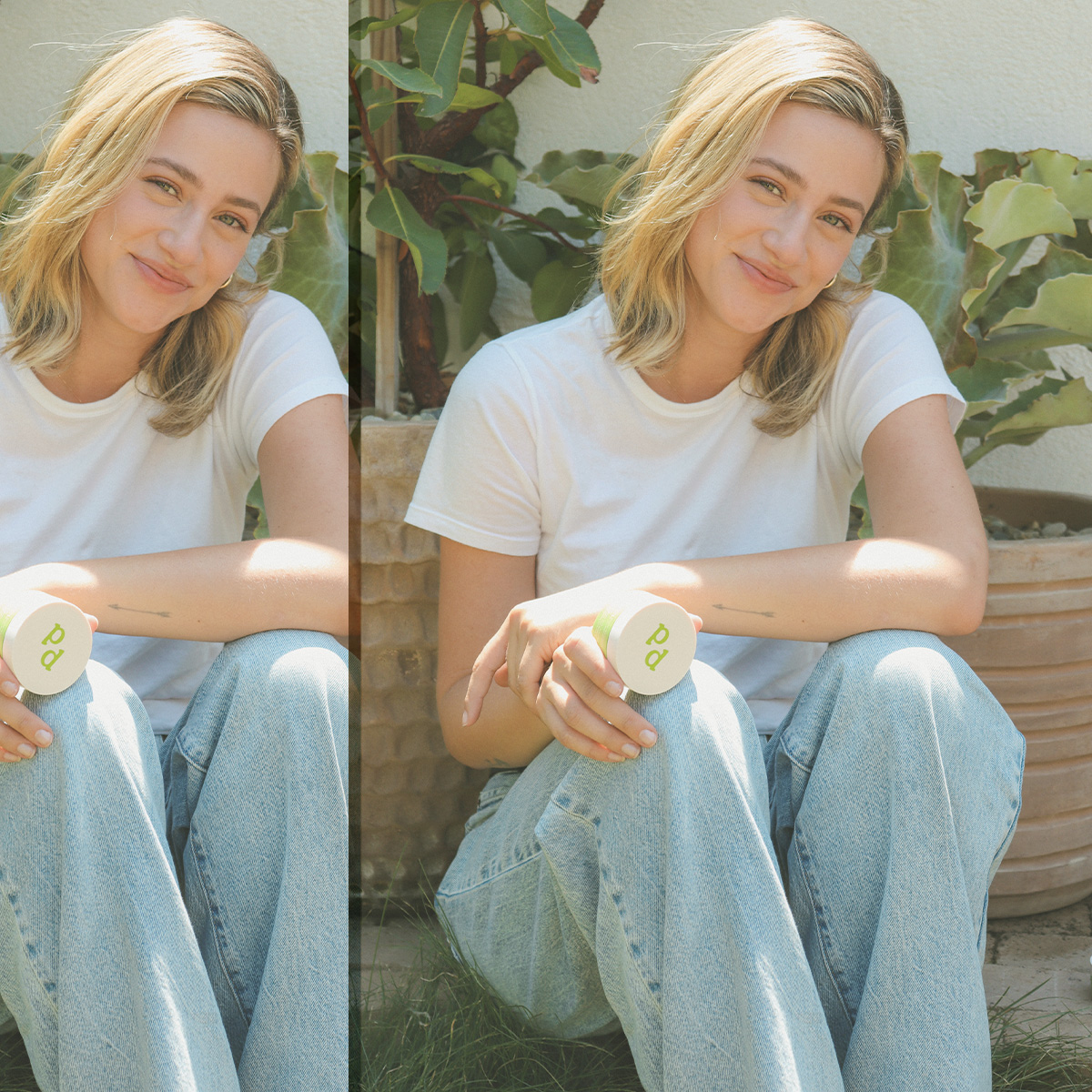 Lili Reinhart Knows You're Sick of Celeb Beauty Brands—Here's Why She Wants You to Trust Hers
Lili Reinhart Knows You're Sick of Celeb Beauty Brands—Here's Why She Wants You to Trust HersEspecially if you have acne.
-
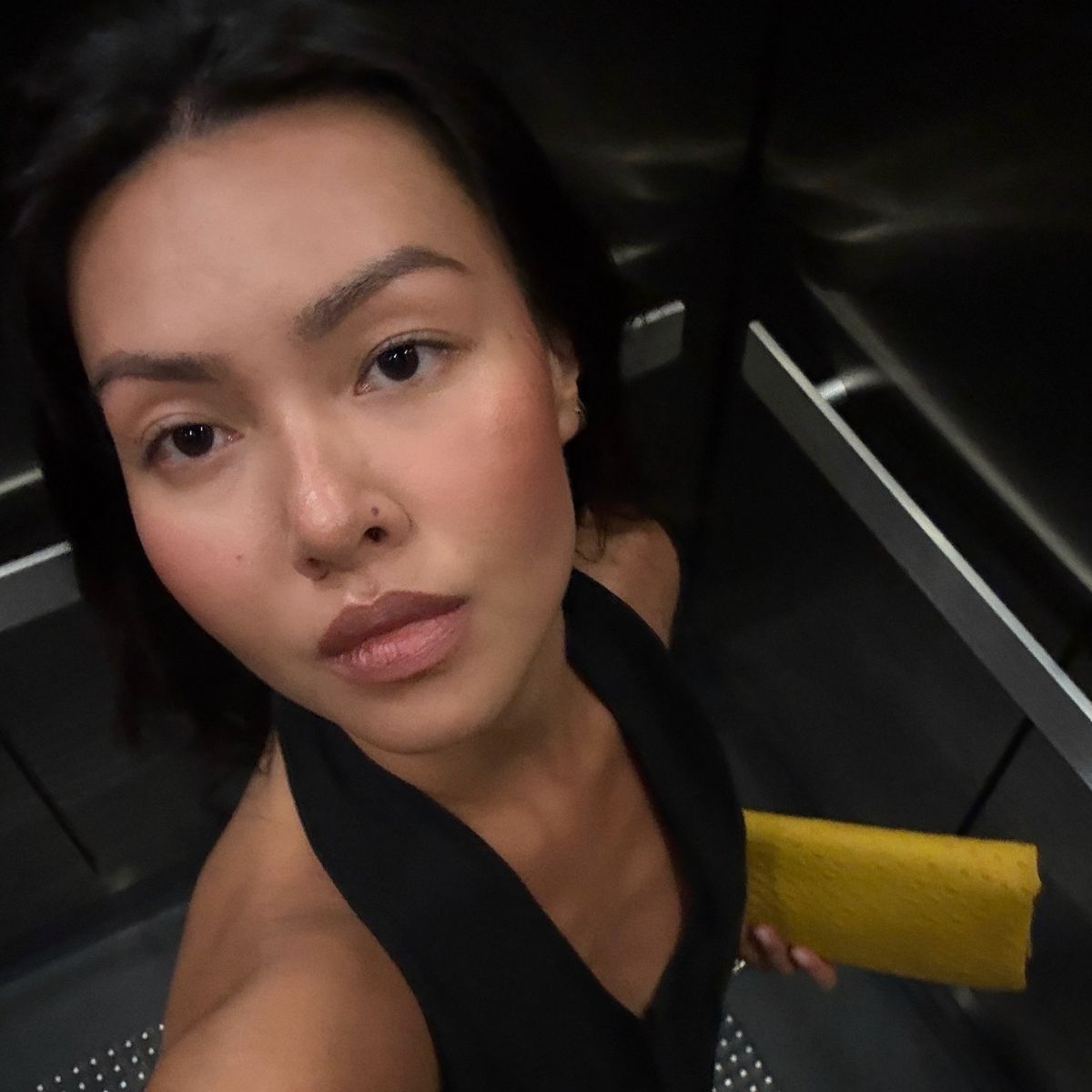 Stubborn Acne, Begone! These 12 Spot Treatments Actually Work, Per Editors and Derms
Stubborn Acne, Begone! These 12 Spot Treatments Actually Work, Per Editors and DermsCreams, gels, and patches we swear by.
